Losing a significant amount of weight is truly an achievement to be celebrated. We applaud you if you have made progress toward your weight loss goals!
Unfortunately for many, the loss of a significant amount of weight has an unwanted side effect—it leaves behind excess, sagging skin. Even when you are dedicated to a healthy lifestyle with a balanced diet and regular exercise, this excess skin tends to stick around, causing both discomfort and distress.
Below, we provide insight into the problems posed by excess skin and how Philadelphia plastic surgeon Dr. Brannon Claytor surgically treats it.
Dr. R. Brannon Claytor
Dr. Claytor is board certified by the American Board of Plastic Surgery and holds over 20 years of experience as a cosmetic plastic surgeon. An innovator and teacher in the field of plastic surgery, he uses advanced techniques like the drain-free tummy tuck and deep plane facelift to streamline recovery and provide natural-looking, durable results.
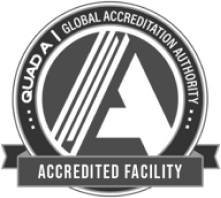



Causes of excess skin
The primary cause of significant excess skin in younger and middle-aged patients is weight loss. When you gain weight, your skin expands to accommodate the stores of fat, and if the weight is lost—for example, through bariatric surgery or a significant lifestyle change—the skin will likely not shrink back to its previous contour.
Other factors that contribute to sagging skin include aging, decreased production of collagen and elastin (essential proteins that maintain skin’s firmness and elasticity), genetic factors, and even certain medical treatments and products.
You may be struggling with similar symptoms if you’re post-weight loss (whether you have weight loss surgery or achieved your goal weight with diet and exercise) or if you’ve gone through a pregnancy. Excess skin is not just cosmetic: often described as having a crepe-like or saggy texture, it can lead to various health issues like a painful skin rash or dermatitis. Addressing this condition is about more than just aesthetics; it can be important to your overall health and wellbeing.
“I could not be happier with the results of my tummy tuck! I had my surgery almost six months ago…I was worried because I’m 46 and I thought it was too late for my tummy to be too flat, that past surgeries had done too much damage to achieve perfect results. My stomach has never been this flat and my jeans are five sizes smaller! Dr. Claytor is not only an amazing surgeon, he’s also incredibly kind, patient, and supportive. Everyone in the office is so helpful and caring, and this is so important when dealing with such vulnerable issues.”
Surgical options
When dealing with excess skin, there are several surgical options that Dr. Claytor may recommend based on your specific needs and condition. These procedures, known collectively as body contouring surgeries, are designed to remove excess skin and fat, create natural-looking contours, and improve the affected site’s appearance and health. They generally include loose skin excision and fat removal; underlying muscles may also be tightened.
Tummy tuck
Also known as abdominoplasty, a tummy tuck involves the removal of excess fat and any loose skin from the abdomen and pannus. It can also restore weakened or separated muscles (diastasis recti), creating a smoother and firmer abdominal profile.
Dr. Claytor’s drain-free tummy tuck technique
Patients’ #1 question when it comes to abdominoplasty surgery is, “Will I have a drain in recovery?” Philadelphia plastic surgeon Dr. Brannon Claytor uses a specialized progressive suturing technique in the operating room so that most patients can experience the transformation of a tummy tuck without the need to wear cumbersome drains during recovery. This is not simply a regular tummy tuck without the drains; this technique utilizes the body’s natural lymphatic drainage system to achieve gorgeous slimming results that tighten abdominal muscles and skin with significantly easier after-care.
- Learn more: 4 Reasons to Choose a Drainless Tummy Tuck »
Tummy Tuck
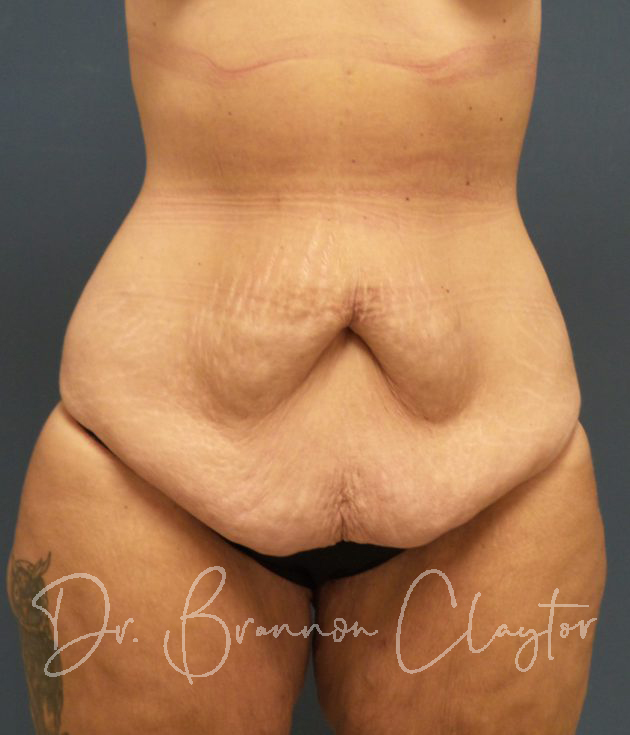
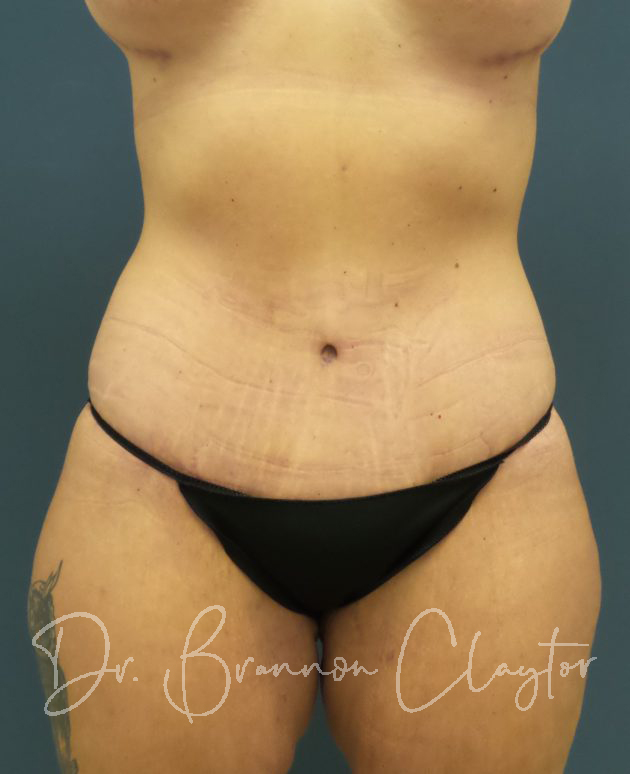
*Individual results may vary.
Body lift, lower body lift, 360 body lift
A total body lift addresses saggy skin and tissues on multiple parts of the body, with an incision placed around the waist, 360 degrees. It is particularly effective for those who have undergone massive weight loss.
Thigh lift
A thigh lift involves the removal of excess crepe-like skin and fat from the inner and/or outer thighs. This cosmetic surgery can significantly improve the contours of the thighs and lower body.
Arm lift
An arm lift, or brachioplasty, targets sagging skin under the upper arms. This procedure can help restore a more toned, youthful appearance by removing the excess, crepey skin that often leads to a “bat wing” appearance.
Body Lift
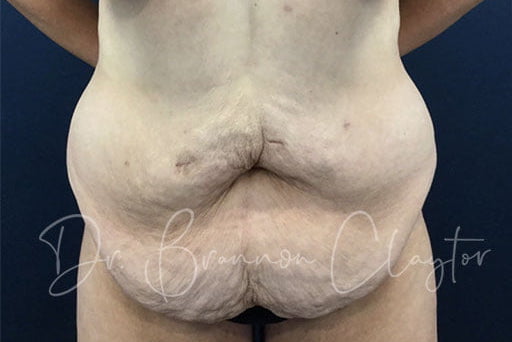
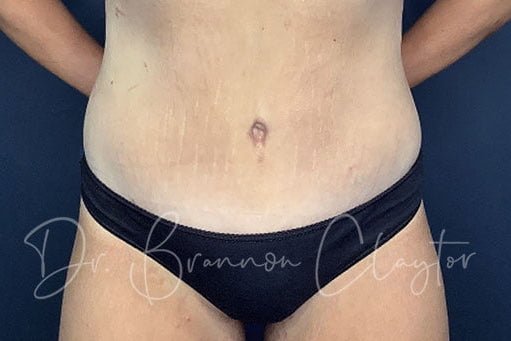
*Individual results may vary
Combining body lifting with liposuction
To achieve truly remarkable and smooth contours, it is common for plastic surgeons to combine any of the above-mentioned body-contouring procedures with liposuction for fat removal. Liposuction sculpts away fat deposits, allowing your surgeon to create more optimal results for you. And many patients choose to combine these and other surgeries to create what’s known as a mommy makeover procedure.
Remember that most plastic surgeons require that a good candidate for surgery be very near or at your goal weight before surgery, as body-contouring surgery does not help you lose weight but is focused on excess skin removal and sculpting.
Choosing a body lift surgeonYou should seek a plastic surgeon with extensive experience in post-weight loss body contouring. Other important factors include the doctor’s board certification, patient reviews, commitment to patient education, and active engagement in the surgical and dermatology communities. They should also operate solely in accredited ambulatory surgical centers for your safety. And when evaluating potential surgeons, don’t shy away from asking about the risks associated with these surgeries, expected recovery time, and pain management during your recovery.
Why choose Dr. Claytor for your plastic surgeon?
Double Board-Certified for a high level of safety and precision
Chief of Plastic Surgery at Main Line Health, a top health system
Board Member of The Aesthetic Society, shaping the future of aesthetics
8x Philadelphia Magazine Top Doctor for exceptional patient care
Recognized as one of America’s Best Plastic Surgeons by Newsweek
Drain-free recovery expert for faster, more comfortable healing
Deep plane facelift innovator and global educator
Active researcher in surgical and non-surgical aesthetic advancements
Highly regarded for his surgical expertise and outcomes, as well as his dedicated follow-up care





Schedule a consultation with Dr. Claytor today by calling (610) 527-4833 or contacting us online.

Medically reviewed by Dr. R. Brannon Claytor — Updated on Oct 24, 2024


